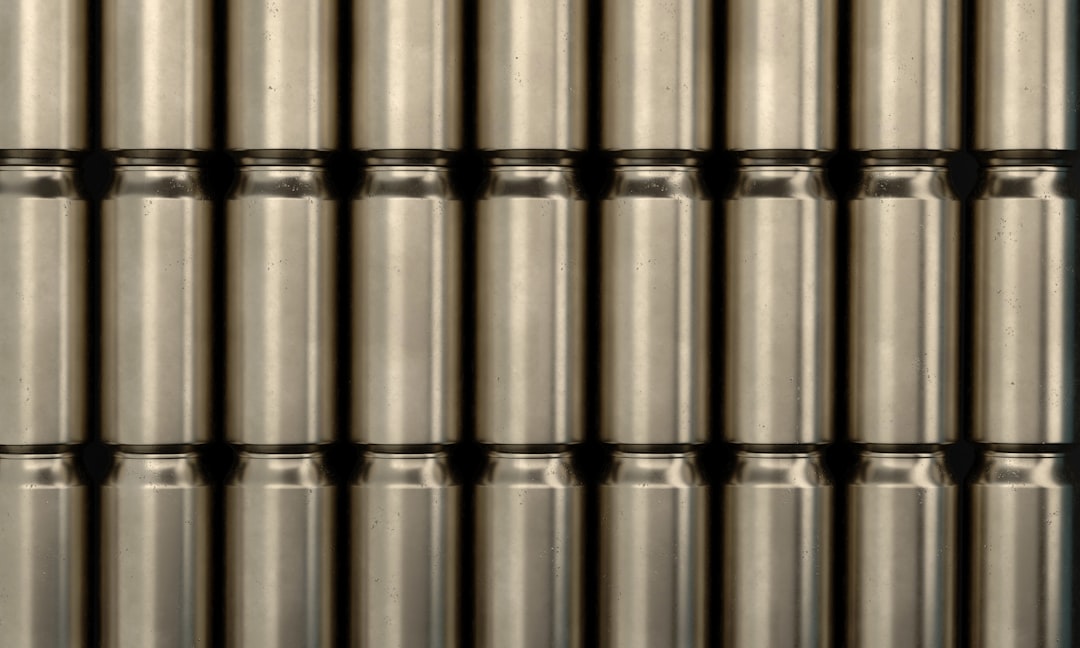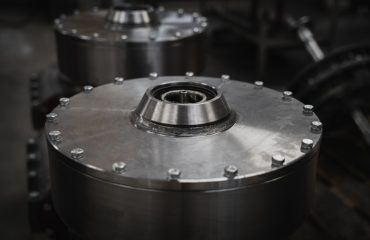body { font-family: sans-serif; line-height: 1.6; }
h1, h2, h3 { color: #333; }
img { max-width: 100%; height: auto; }
Power plants, the behemoths of energy generation, rely on robust and reliable infrastructure. While the turbines and generators often steal the spotlight, the backbone of these structures – the steel profiles – play a crucial, often unseen, role in ensuring safe and efficient operation. This post delves into the multifaceted world of steel profiles in power plant construction, exploring their applications, material selection, and the importance of quality control.
The Diverse Applications of Steel Profiles in Power Plants
Steel profiles, encompassing a wide range of shapes like I-beams, H-beams, channels, angles, and tubes, find extensive use throughout power plants. Their versatility allows them to serve diverse structural and functional purposes. These include:
- Structural Support: The mainframes of buildings, turbine halls, and control rooms are often constructed using robust steel profiles, providing the necessary strength and stability to withstand various loads and environmental conditions.
- Equipment Support: Heavy machinery like turbines, generators, and boilers require strong and precise support structures, often fabricated from steel profiles. These structures need to be able to handle vibrations and thermal expansion.
- Piping and Ductwork: Steel profiles form the framework for supporting extensive piping systems carrying steam, water, and other crucial fluids. They also support ventilation and exhaust ductwork.
- Stairways and Platforms: Steel profiles are commonly used to create safe and accessible stairways and platforms within the plant, facilitating maintenance and operation.
- Crane Rails and Gantry Systems: Heavy-duty steel profiles are essential for constructing crane rails and gantry systems used for lifting and moving heavy equipment during construction and maintenance.
Material Selection: Choosing the Right Steel for the Job
The selection of steel profiles for power plant applications is critical. Factors influencing material choice include:
- Strength and Yield Strength: High strength steel is crucial for supporting heavy loads and resisting stress. Yield strength determines the point at which the steel begins to deform permanently.
- Corrosion Resistance: Power plants often operate in harsh environments, exposing steel to moisture, chemicals, and high temperatures. Corrosion-resistant steels, such as stainless steel or those with protective coatings, are frequently employed.
- Temperature Resistance: Certain areas within the power plant experience extreme temperatures. Steel profiles must be selected to withstand these temperatures without significant loss of strength or dimensional stability.
- Weldability: Many steel profiles are joined through welding. The chosen steel must be readily weldable without compromising the integrity of the weld or the surrounding material.
- Fatigue Resistance: Repeated cyclical loading can lead to fatigue failure. Steel profiles must possess sufficient fatigue resistance to withstand the constant vibrations and stresses experienced in a power plant.
Manufacturing Processes and Quality Control
The manufacturing of steel profiles for power plants involves stringent quality control measures at every stage. This includes:
- Raw Material Inspection: The quality of the raw steel is crucial. Rigorous testing ensures the chemical composition and mechanical properties meet the specified requirements.
- Profile Rolling and Forming: Precise rolling and forming processes guarantee the dimensional accuracy and surface finish of the steel profiles.
- Welding and Fabrication: Welding procedures must adhere to strict codes and standards to ensure strong and reliable joints. Non-destructive testing (NDT) techniques, such as radiographic inspection and ultrasonic testing, are used to verify weld quality.
- Surface Treatment and Coatings: Protective coatings, such as galvanization or painting, enhance corrosion resistance and extend the lifespan of the steel profiles.
- Regular Inspections and Audits: Throughout the manufacturing and construction process, regular inspections and audits ensure adherence to safety standards and quality control protocols.
Safety Standards and Regulations
The construction and operation of power plants are subject to stringent safety regulations. Steel profiles used in these projects must comply with relevant national and international standards, such as:
- ASTM (American Society for Testing and Materials): ASTM standards define the properties and testing methods for various types of steel.
- EN (European Norms): Similar standards are set by the European Union to regulate the quality and safety of steel profiles used in European power plants.
- ASME (American Society of Mechanical Engineers): ASME codes address the design, fabrication, and inspection of pressure vessels and piping systems, many of which incorporate steel profiles.
- Local Building Codes: Local building codes often specify requirements for structural steel, ensuring compliance with regional safety standards.
Adherence to these standards is crucial for ensuring the safety of workers and the public, as well as the reliable operation of the power plant.
The Future of Steel Profiles in Power Plant Construction
The energy industry is undergoing a significant transformation, with a growing emphasis on renewable energy sources. However, steel profiles will continue to play a vital role, even in renewable energy projects, such as wind farms and solar power plants. Advancements in steel technology, such as the development of high-strength low-alloy (HSLA) steels and advanced coatings, will further enhance the performance and lifespan of steel profiles in these demanding applications. Sustainability initiatives will also drive the use of recycled steel, reducing the environmental impact of power plant construction.
In conclusion, steel profiles are indispensable components in the construction and operation of power plants. Their strength, versatility, and reliability ensure the safe and efficient generation of electricity. The meticulous attention to material selection, manufacturing processes, and quality control guarantees the long-term performance and safety of these critical structures.
SEO Tags:
- Steel Profiles
- Power Plant Construction
- Structural Steel
- Energy Industry Steel
- Industrial Steel Applications




